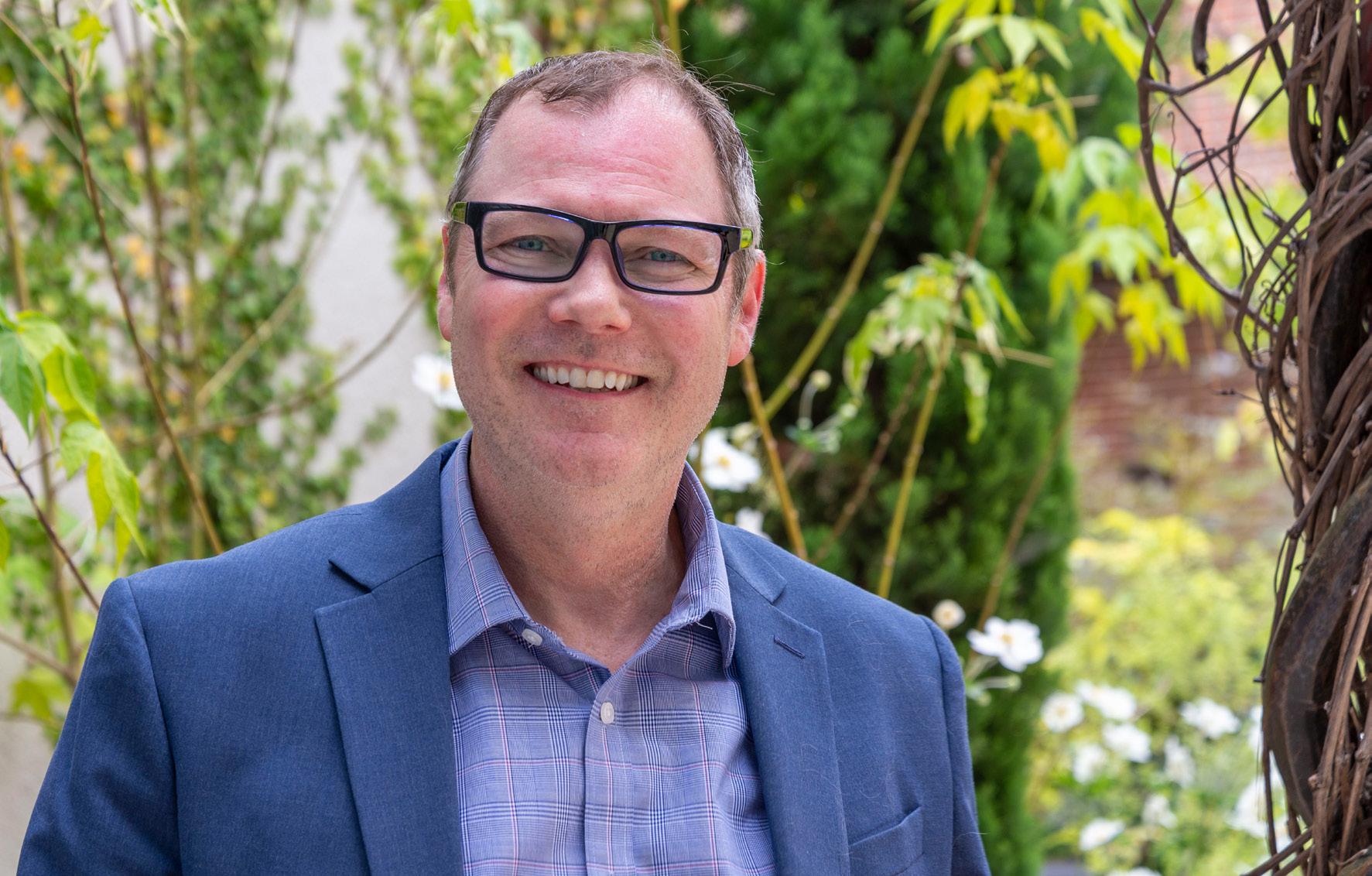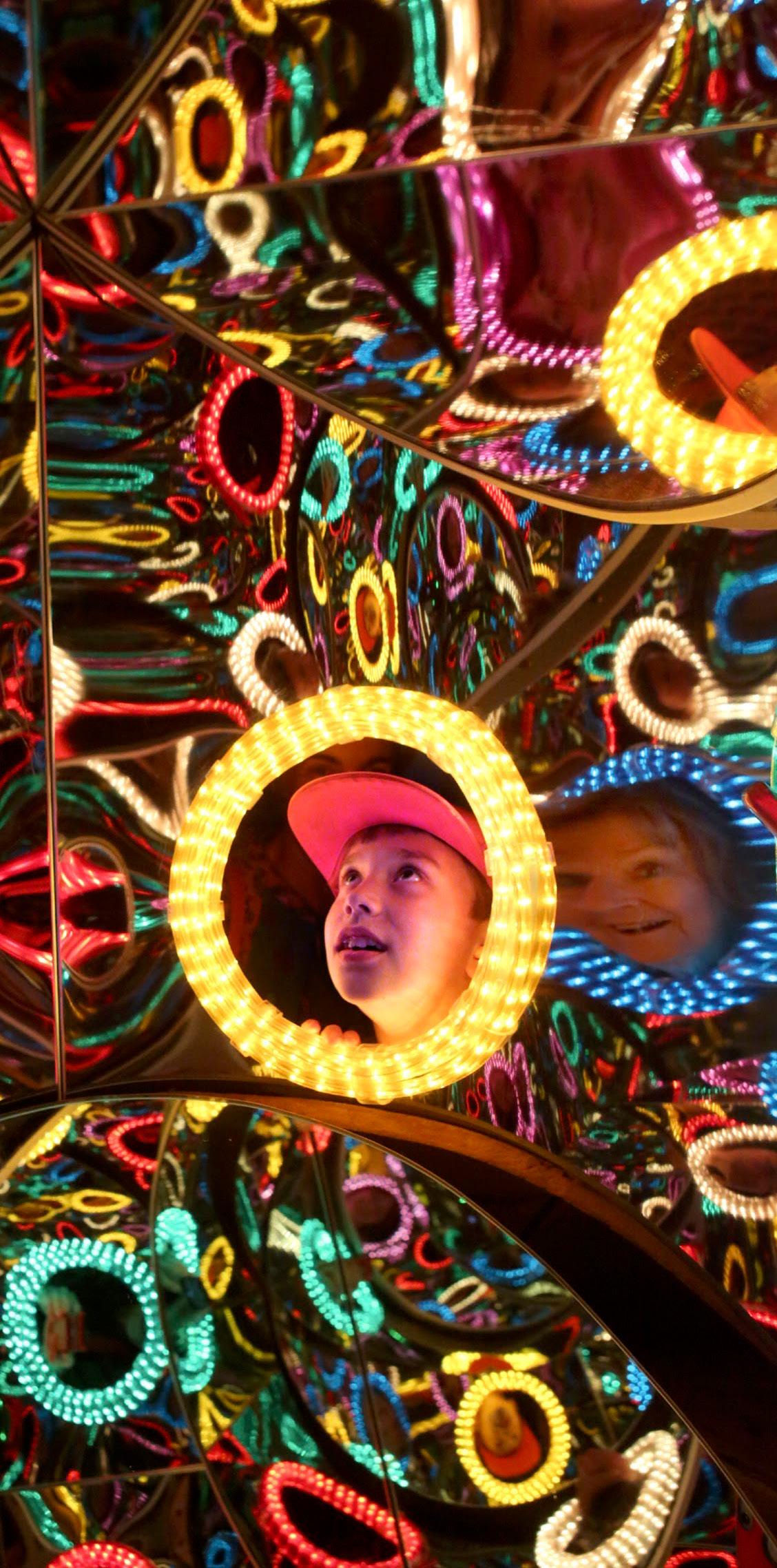
4 minute read
Director’s Letter
02 Director’s Letter
2019-2020 has been a year of challenges, transition, and renewal for the MAH.
As we reflect on our major accomplishments of the past year, the word resolute comes to mind. The MAH began the first half of the year with ambitious plans—to co-create meaningful cultural experiences with the community, to grow the number of partnerships and collaborations, and to recruit new leadership for the institution.
Once a new director and senior management team were in place, we focused on learning—listening to our community; assessing our organizational strengths and weaknesses; analyzing forces, trends, and models in order to strategize our next steps; and keeping ourselves open to change for the MAH’s continued development.
We also spent the second half of the year getting our house in order in other ways, both literally and figuratively. Just as you have been tackling your own projects during shelter-in-place, we have been busy organizing, prioritizing, and finding our space. We reviewed our work, strengthened our values, planned for the future, and got creative with programming by offering virtual, educational, and small group experiences beyond the museum walls—making our best effort to serve you, our community, in these changed times.
Our board and staff undertook these initiatives with sincerity and perseverance, and despite the challenges imposed on our operations by COVID-19, it has been a year of many successes. In the past year we have:
• Improved the physical MAH: We painted and updated the atrium to be more comfortable and welcoming, and conducted deep-cleaning, decluttering, and organizing throughout our facility.
• Taken steps to honor our shared history: We installed a series of commemorative plaques—some that honor our museum’s founders, so that all who enter will know how the MAH came to be; and another acknowledging that the land on which the MAH stands is the unceded territory of the Awaswasspeaking Uypi Tribe, and how the Amah
Mutsun Tribal Band is working to heal from historical trauma while restoring stewardship practices.
• Restructured the organization:
In April we took a big and difficult step, reducing staff levels by 11 to lower spending, with the goal of long-term financial sustainability. We restructured staff roles to streamline operations, manage workloads effectively, and ensure institutional stability. In doing so we have strengthened management capacity and improved leadership competencies across all areas of our operations.
• Developed a program framework:
We developed a new seven-part programmatic framework as well as five thematic narratives that reflect the history, character, and future vision for
Santa Cruz County which we will use to clarify and guide our work going forward.
• Focused on Latinx engagement:
In addition to the bilingual learning tools, resources, and services we provide to connect with Spanish-speaking audiences, we deepened our relationship with the Beach Flats community through new exhibitions and public programs, and diversified our bilingual marketing strategies to new platforms.
• Grown our commitment to change:
We developed a staff-led anti-racism group to share resources; develop awareness; and identify and address racism in our practice as museum professionals. We recognize there are inequities in our field and we aim to dismantle this status quo by redesigning how we recruit, hire, and promote staff; how we create employment pipelines and leadership development opportunities; and how we choose our vendors, suppliers, collaborators, and partners.
• Planned for reopening: Although our reopening date remains up in the air, we have prepared for it by developing guidelines, procedures, and strategies for a safe reopening. Among them, we plan to embrace our outdoor sites for installations, well-distanced gatherings, screenings, and performances. We are
03
04

dreaming up small get-togethers and creative projects in Abbott Square and Evergreen Cemetery, always keeping in mind the safety of our guests and staff.
• Delivered new programming: While our doors remain temporarily closed, we have found and continue to develop new ways to connect and engage with our
Santa Cruz County community. From online programs and virtual tours to outdoor exhibitions and microgatherings, we will continue to adapt our offerings to provide safe, reflective, and inspirational spaces rich with art, history, and culture. By remaining responsive to change, we can offer opportunities that energize, sustain, and support our community, now and in the future. While it may not address all the challenges that lie ahead, this work keeps us going in a positive direction, as we create new ways of thinking and operating that will serve us even after the pandemic recedes. The coming years will be difficult, unlike anything we as a community or institution have faced. We will be smaller, but more agile, nimble, and resilient, as we continue to do everything in our power to support our community through this extraordinary time and the reconnecting and rebuilding that comes next.
Once it is prudent to do so, we look forward to welcoming everyone back to the MAH, now refreshed and ready to receive you. After all, our house is your house, nuestra casa es su casa. In the meantime, we will continue to create safe and inclusive spaces the best way we know how—whether online or outdoors, with new friends or in solitary contemplation.
We all need our space, especially now. Whether it is space to ponder, or space to connect. Space to imagine, or space to heal. Space to fill the soul. Whatever it means to you—we are here, working hard to help you find your space.

Robb Woulfe Executive Director









